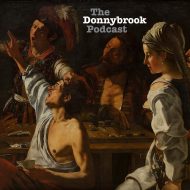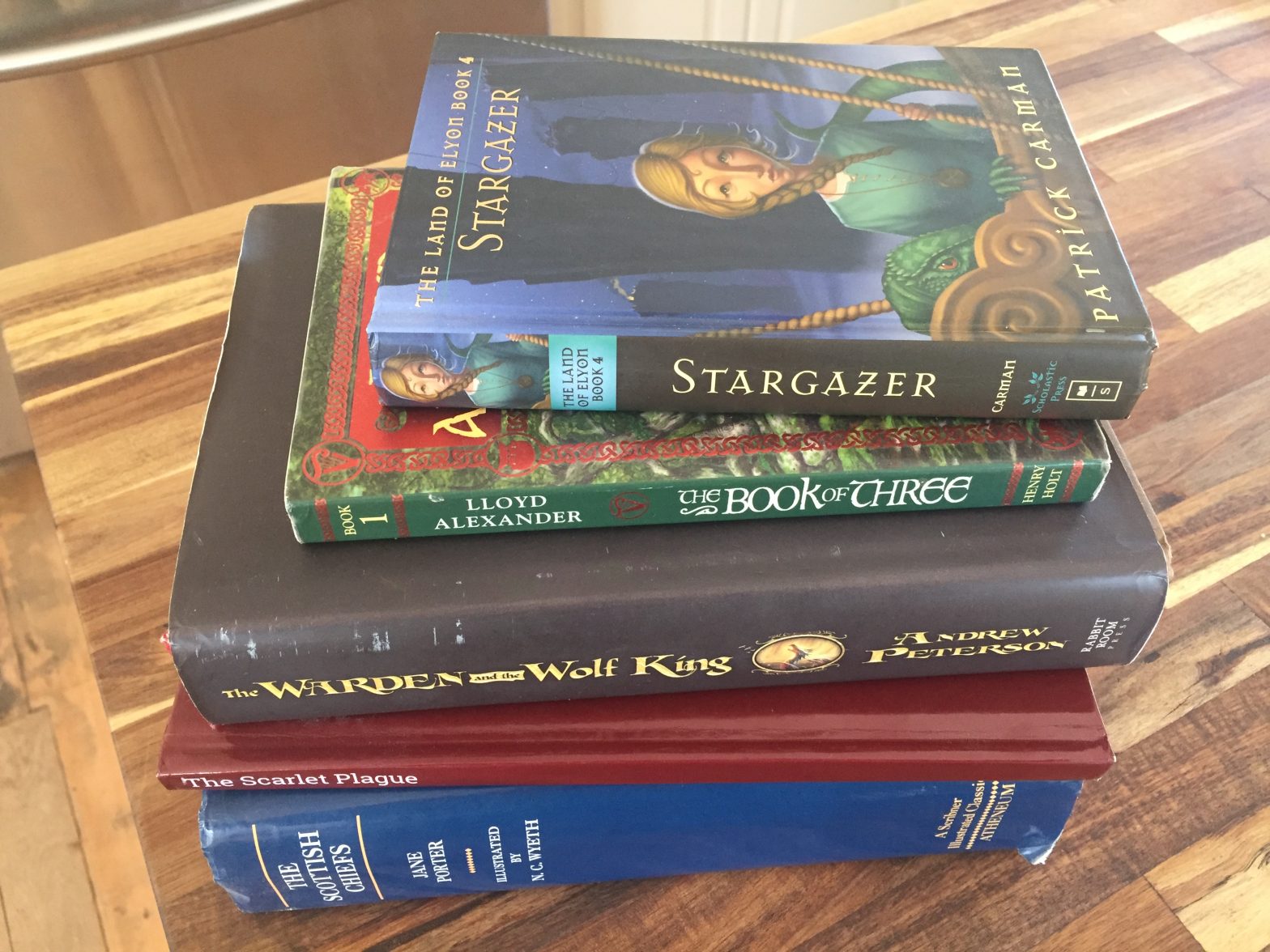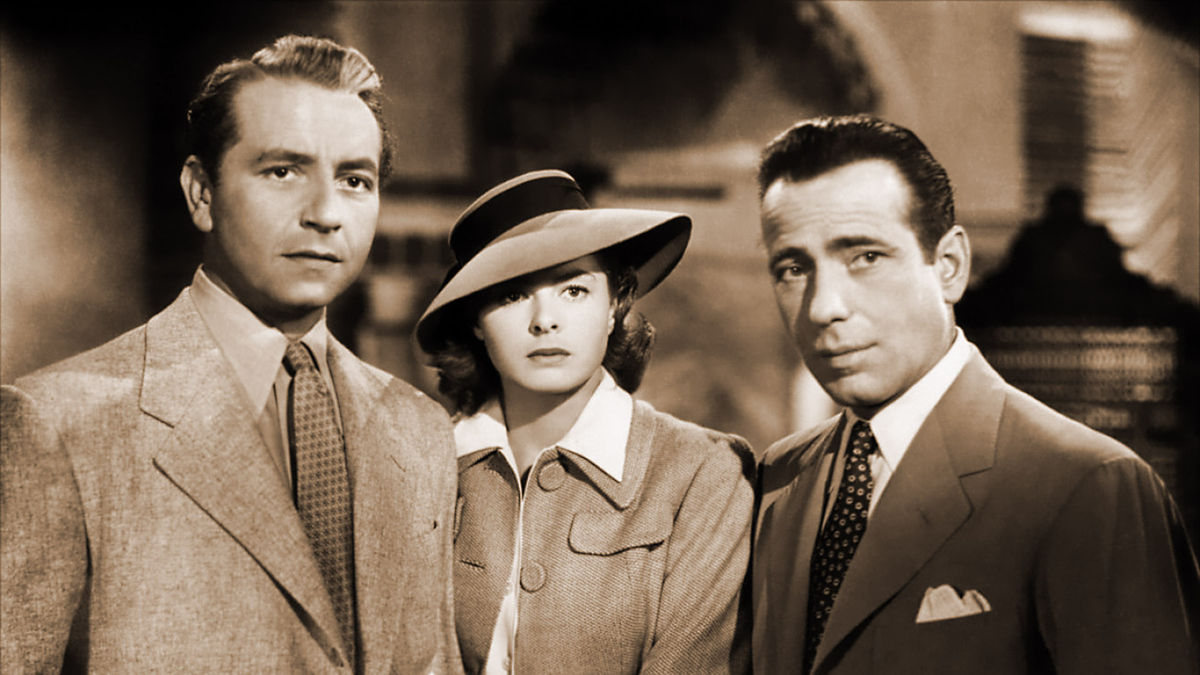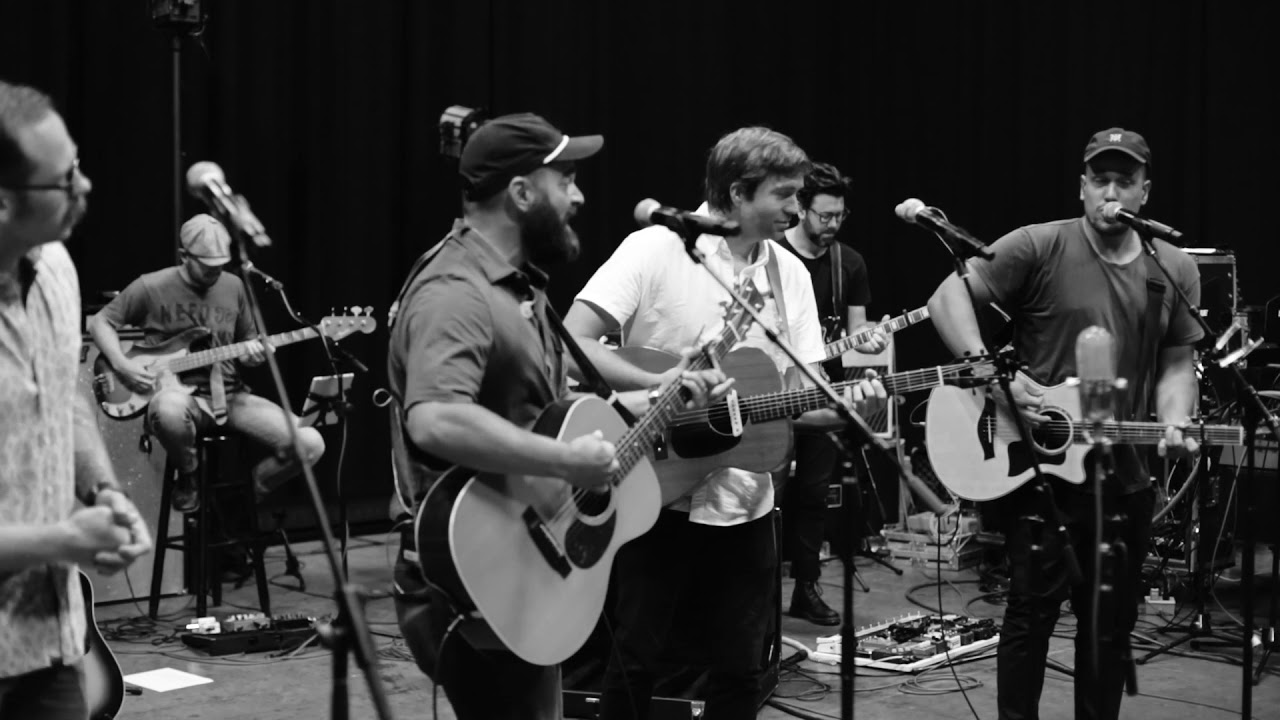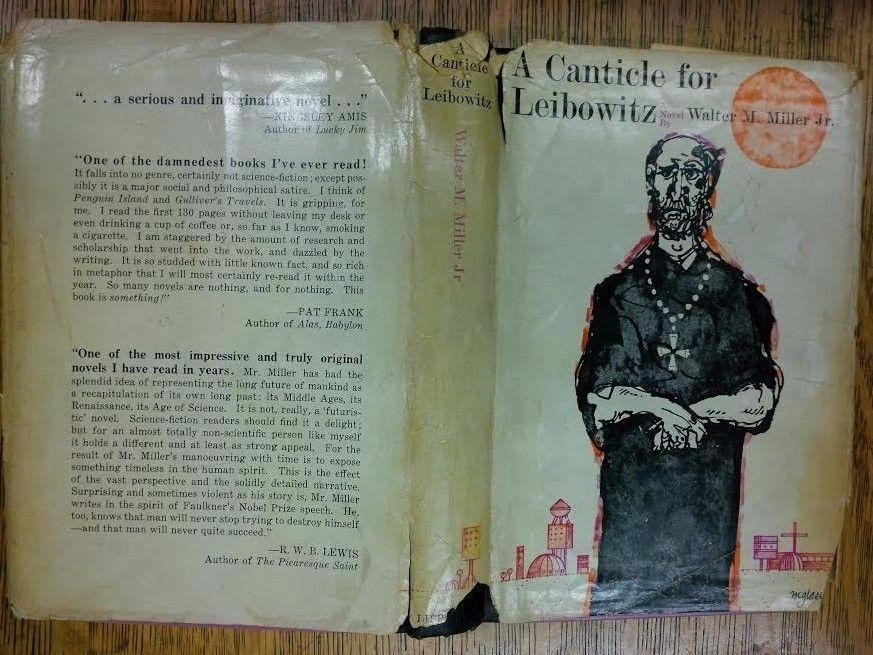In Episode 17 of the podcast, Amanda agreed to add 20 Young Adult books to her reading list for 2019. John and David have put their heads together and come up with a proposed list of their favorites.*
We also recognize that we have a lot more than 20 books (40 actually) represented here because of series. So, to be clear, the expectation is that Amanda HAS TO at least read one book in the series and then can determine if it’s “good enough” to continue on her own…(we have every confidence that she will).
A children’s story that can only be enjoyed by children is not a good children’s story in the slightest.
Jack Lewis
1. Chronicles of Prydain by Lloyd Alexander
Tolkien-lite, this story line follows the adventures of young Taran, the Assistant Pig Keeper. This fantasy novel can be silly, which undermines its status as epic-fantasy, but is also beautifully told from a heavily Welsh-influenced mythology. ( John)
2. The Wingfeather Saga by Andrew Peterson
This fantasy series starts out a little rough (first time author) but builds to something really special. Are we cheating by putting in two series for the first two entries? Probably. Do we care? Nope! (David, John)
3. The Wrinkle In Time Quintet by Madeline L’Engle
We assume you have read the title-track, so if you only read one of the remaining in the series, start with A Swiftly Tilting Planet. In Tilting, two children have the opportunity to travel through time to incrementally change the past. If you want to read past that, Many Waters is about two siblings pulled back to the pre-diluvian world who find themselves caught up in the story of Noah. (David)
4. Robin Hood (or Men of Iron) by Howard Pyle
Part of the famous Brandywine school of art (N.C. Wyeth), Pyle was also an author. Both The Merry Adventures of Robin Hood and Men of Iron are medieval adventure classics. (John)
5. The Phantom Tollbooth by Norton Juster
One of those books that stretched the genres of the day and was just self-aware enough to pull it off. Puns, lots of puns. (John’s 15-year-old Ethan made this contribution.)
6. Johnny Tremain by Esther Forbes or
The Sign of the Beaver by Elizabeth George Speare
Both coming of age stories. Both grade-school reading level chapter books. Both recommended over and over again to aspiring young readers. (David, John)
7. Beauty by Robin McKinley
A retelling of the story of Beauty and the Beast, my girls have loved this book to death and are constantly recommending it to their friends. (John)
8. The Age of Dragons series by James A. Owen
Premise: Tolkien, C.S. Lewis, and Charles Williams are the wardens of the magical portal between this world and fairy-land… enough said. (John: while excited about this one, I have NOT read it yet and will do so with Amanda!)
9. The Ordinary Princess by M.M. Kaye
A fairy-tale princess story where the protagonist isn’t so “makes-you-puke over-the-top lets-break-out-and-dance, I’m-hopeless-without-prince-charming, Disney-fied”. (John)
10. Water-Babies/Westward Ho! by Charles Kinglsey:
Victorian literature, both books have fallen somewhat out of favor as they deal with complex moral questions on race, religion, and evolution. Kinglsey wasn’t messing around with his children’s lit. (Brent, John)
11. The White People by Francis Hodges Burnett
By the popular author of The Little Princess and The Secret Garden, here’s a novella length ghost story! (John)
12. The Scottish Chiefs by Miss Jane Porter
The exciting exploits of William Wallace. If you think you know his story from watching Braveheart, you don’t know anything. The book is 10x better than the movie. (David, John)
13. The Jungle Book by Ruyard Kipling.
Yes, we are aware that Kipling’s imperialism is gross, but the man could tell a story. If nothing else, Riki-Tiki-Tavi has to be one of our all-time favorite shorts! (John)
14. Gone Away Lake by Elizabeth Enright
A pair of children discover a hidden lake and community during their summer vacation. (David)
15. Swallows and Amazons by Arthur Ransome
Four siblings learn to sail and lay claim to an island in the middle of an English lake. Now they must defend their island against the former claimants. (David)
16. Mrs. Frisbee and the Rats of N.I.M.H. by Robert C. O’Brien
A widow mouse is helped by the super-intelligent genetically modified rats of N.I.M.H. (David, John)
17. The Land of Elyon series by Patrick Carman
Really delightful fantasy series. Because its strong female protagonist we give it an extra bump because we are always looking for ways to encourage our daughters to be brave! Pre-Trump, pre-GOT “shield-wall” fantasy. (John, David)
18. Caddie Woodlawn by Carol Ryrie Brink
Another strong female protagonist, it’s younger fiction, but the kind of thing we think you would have loved as a child. So read it now. (David)
19. Kidnapped by Robert Louis Stevenson
My favorite childhood coming-of-age adventure. Preferred above Robinson Crusoe, this book explores some complex political polarities between the Scottish highlands and lowlands by a naive and moderate protagonist. (John)
20. The Scarlet Plague by Jack London
Okay, we are cheating because this one isn’t a REAL children’s book. It’s not great literature. It’s not even a great story. It is just fun to see a post-apocalyptic world from Jack London’s pre-nuclear perspective. (John, David)
*This is certainly not an exhaustive list of our favorites since we intentionally didn’t include books that we know Amanda has already read. Otherwise, we’d be including books like The Chronicles of Narnia (in the proper publication order, of course), 100 Cupboards, At The Back of the North Wind, and Watership Down.
